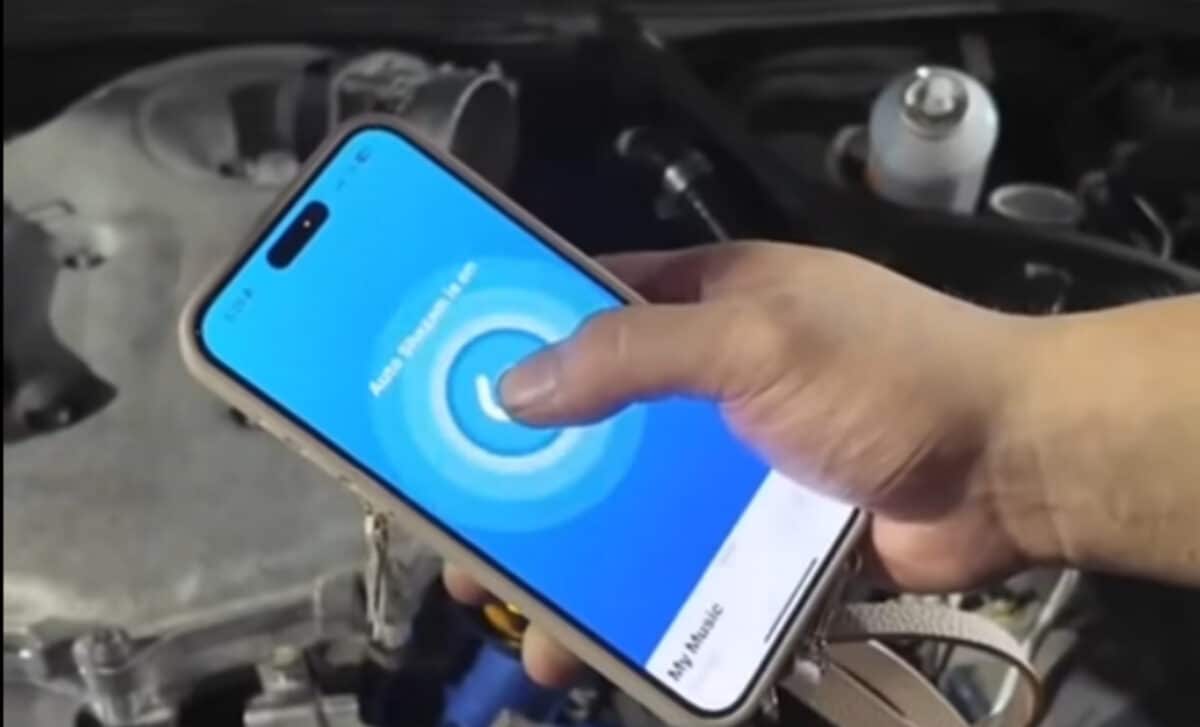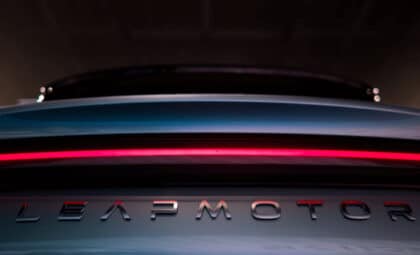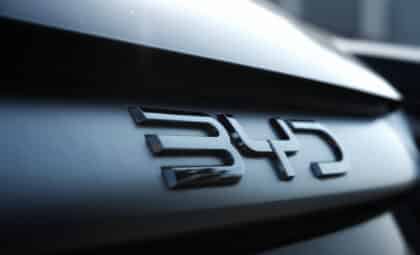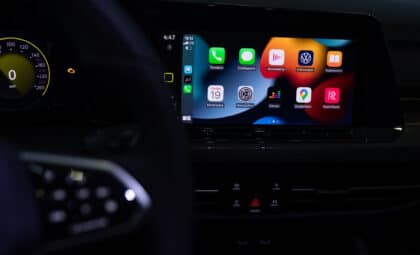The video, shows a mechanic humorously diagnosing an engine problem by simply letting his phone listen to it, likening the phone to a stethoscope. The clip quickly gained traction, amassing over 127,000 views, and ignited a flurry of comments ranging from playful skepticism to genuine curiosity.
Automotive creator Devin Bendon, who commented on the video, jokingly suggested that the first company to create an app like this would make a fortune. His playful remark led to a blend of humor and genuine curiosity about the possibility of using smartphone apps for car diagnostics. Some joked about the app being as useful as “Shazam” for engines, while others pondered whether such technology could one day become a reality.
The Reality of Acoustic Diagnostics in Industry
While the idea of diagnosing mechanical problems with sound may sound far-fetched, it’s not entirely out of the realm of possibility. Acoustic anomaly detection has long been used in industrial settings, particularly for monitoring the health of machinery.
For example, Bosch’s SoundSee project uses machine learning to analyze sound patterns and detect equipment failures, a technology that was even tested aboard the International Space Station to monitor pumps and motors for signs of failure.
Bosch is also exploring the potential of AI-powered acoustic diagnostic tools for use in automotive and heavy machinery industries. However, these systems rely on controlled environments with high-quality sensors and well-trained algorithms to distinguish normal and abnormal sounds.
The challenge of applying these technologies in a noisy garage, with overlapping sounds from the engine, tools, and ambient noise, makes it difficult for smartphone apps to achieve reliable results.
Why Smartphones Can’t Yet Replace Mechanics
Despite the advancements in industrial acoustic diagnostics, smartphone apps are far from being able to diagnose engine problems with the accuracy of a trained mechanic. As Motor1 points out, mechanics rely on a combination of senses to evaluate a car’s health. They don’t just listen to the engine; they also feel for vibrations, observe the engine’s physical condition, and even smell the exhaust or oil to identify issues.
Many common engine problems, like rod knock, lifter tick, or belt rattle, produce similar sounds. Without the context of how the engine behaves under load or the ability to assess other factors like oil temperature and air intake, diagnosing a specific issue from sound alone is extremely difficult.
In fact, even with advanced technology, manufacturers like Kia have incorporated acoustic and vibration-based diagnostics into their vehicles, but these systems work behind the scenes and are not designed for user-facing diagnostic apps.
The Future of AI and Engine Diagnostics
Despite the challenges, the concept of using AI to diagnose engine problems by sound is not entirely out of reach. Experts suggest that in the future, car manufacturers could equip vehicles with more advanced diagnostic tools that use sensors and AI to detect changes in vibrations or sounds, much like industrial systems do today.
For example, a car’s electronic control unit (ECU) might one day be able to detect subtle shifts in the engine’s noise or vibrations, compare them to a baseline, and notify the driver of potential issues.
However, as the same source notes, this kind of technology is still in its infancy, and applying it to the chaotic and noisy environment of a mechanic’s garage is no simple task. Nevertheless, as AI and sensor technologies continue to advance, it’s possible that in the near future, the idea of app-based diagnostics could become a reality.









